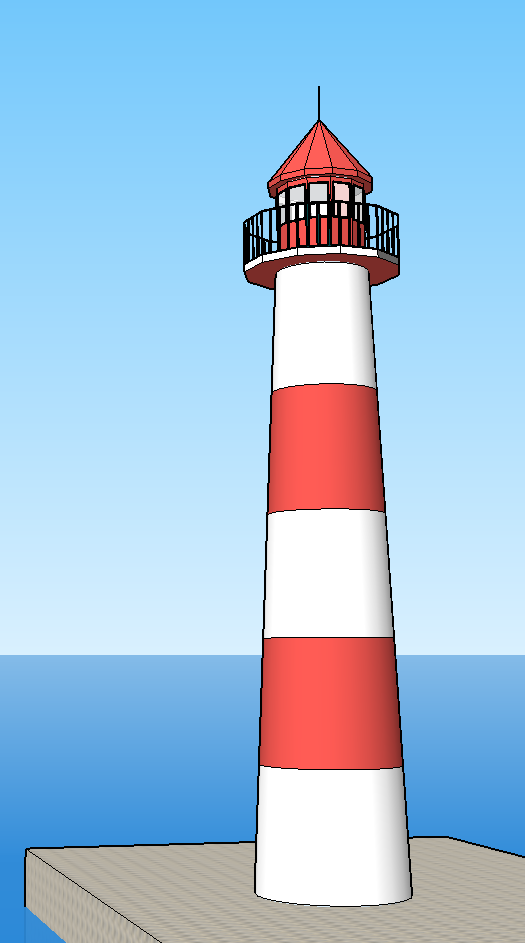Or search by topic
Number and algebra
Geometry and measure
Probability and statistics
Working mathematically
Advanced mathematics
For younger learners
Far Horizon




The radius of the Earth is 6367 kilometres.
An observer is on top of a lighthouse which is 25 metres high.
How far from the foot of the lighthouse, measured on the surface of the Earth, is the horizon that the observer can see?
It is 32 kilometres (21 miles) across the Channel between England and France and you can see France from the cliffs of Dover.
How high must the cliffs be for it to be possible to see that distance?
After finding the distance along the surface of the Earth from the foot of the lighthouse to the horizon, Clare used Pythagoras' Theorem to find the distance from the top of the lighthouse to the horizon.
What is this distance? Can you explain what you notice?
You may also like
Some(?) of the Parts
A circle touches the lines OA, OB and AB where OA and OB are perpendicular. Show that the diameter of the circle is equal to the perimeter of the triangle
Ladder and Cube
A 1 metre cube has one face on the ground and one face against a wall. A 4 metre ladder leans against the wall and just touches the cube. How high is the top of the ladder above the ground?
At a Glance
The area of a regular pentagon looks about twice as a big as the pentangle star drawn within it. Is it?

